If you’re fortunate enough to live in the southeastern United States, particularly in areas with low-lying, moist, or swampy ground, you have the perfect setting for growing a delicious native treasure — the Mayhaw tree. Revered for its tart, jewel-like berries and famously flavorful jellies, the Mayhaw thrives where many other fruit trees struggle.
In this detailed guide, we’ll cover everything you need to know about growing Mayhaw trees in swampy areas, from choosing the right varieties to planting, caring for, and harvesting these unique Southern fruits.
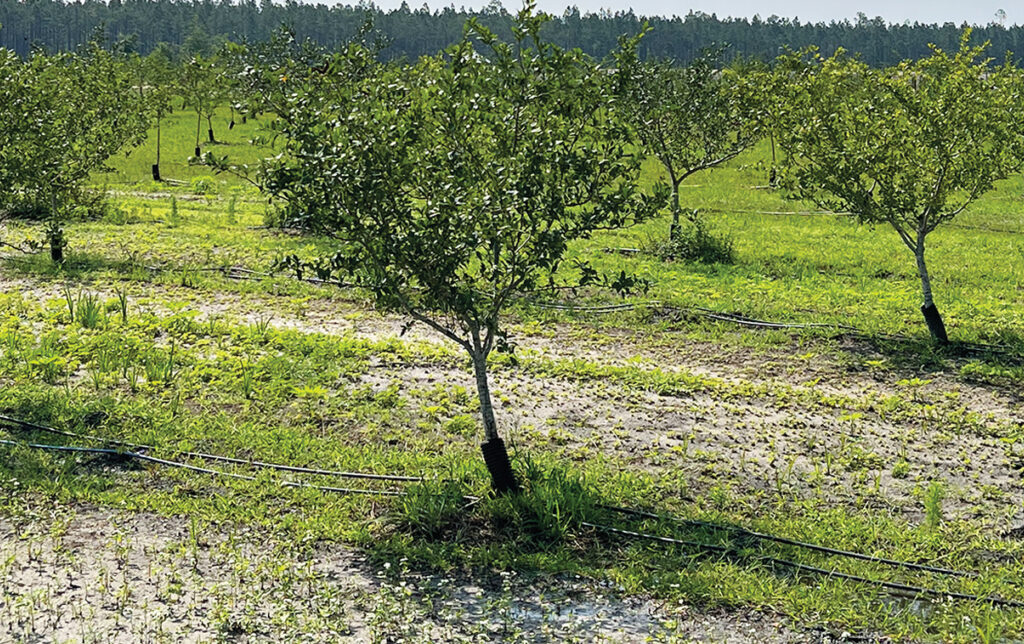
What Is a Mayhaw Tree?
The Mayhaw (Crataegus opaca) is a small, native fruit tree found in wetland areas, bayous, and swampy lowlands of the American South, particularly in states like Louisiana, Mississippi, Texas, Alabama, and Florida. It’s a member of the hawthorn family and produces small, red to yellowish fruit that resemble tiny apples. These fruits ripen in late spring (May — hence the name) and are especially beloved for making jelly, syrup, and wine.
Besides its fruit, the Mayhaw is also valued for its attractive white spring blossoms and its ability to thrive in poorly drained, boggy soils where other trees might fail.
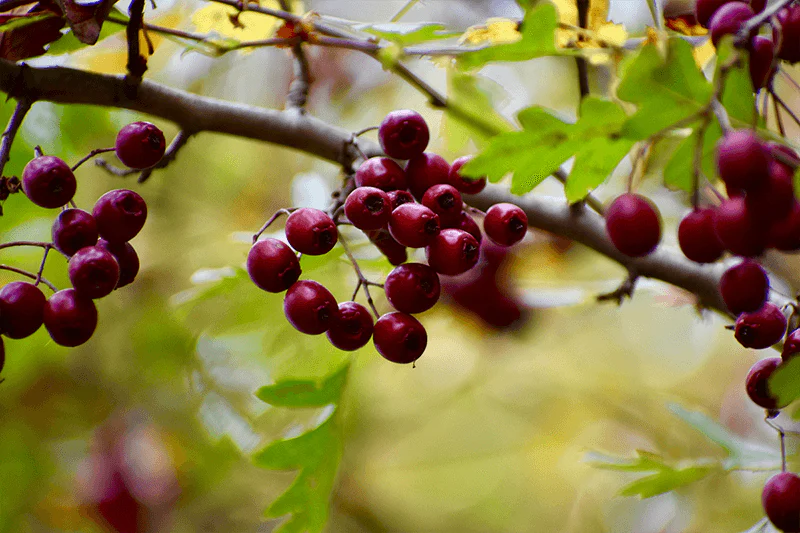
Why Grow Mayhaw Trees in Swampy Areas?
While many fruit trees prefer well-drained, dry soil, Mayhaws naturally grow along riverbanks, sloughs, and swampy woods. Their tolerance for wet soils and occasional flooding makes them an ideal candidate for those challenging, soggy parts of your property.
Benefits of Mayhaw trees:
- Thrive in wet, swampy conditions
- Produce antioxidant-rich, vitamin-packed fruits
- Beautiful spring flowers attract pollinators
- Provide habitat and food for wildlife
- Require minimal care once established
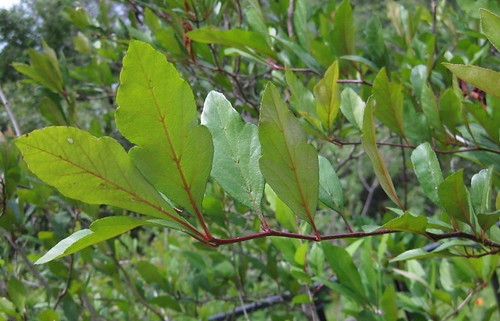
Best Mayhaw Varieties for Home Gardens
There are both native wild types and improved cultivated varieties of Mayhaw. Improved varieties typically produce larger, more consistent fruit with better flavor and disease resistance.
Top recommended cultivars:
- Super Spur — Heavy producer with excellent jelly-quality fruit
- Maxine — Large, early-ripening berries with good flavor
- Red Champ — Productive and highly disease-resistant
- Big Red — Large, flavorful red fruit ideal for jelly
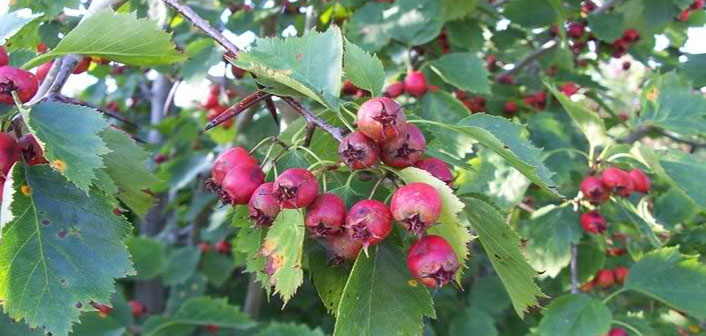
How to Plant Mayhaw Trees in Swampy Areas
Growing Mayhaws begins with choosing the right planting site and preparing the ground properly — even if it’s naturally boggy.
1. Select the Planting Site
Mayhaws thrive in:
- Full sun — At least 6 hours of sunlight daily
- Low-lying, moist soils
- Areas prone to periodic flooding or standing water (though constant waterlogged soil without drainage isn’t ideal)
Pro tip: Avoid areas with deep, stagnant water. Mayhaws prefer moist soils with occasional overflow rather than continuous submersion.
2. Prepare the Planting Hole
Even in wet areas, it’s beneficial to amend the planting site:
- Dig a hole twice the width and the same depth as the root ball.
- Mix native soil with organic compost to improve structure and nutrition.
- In extremely wet locations, plant the Mayhaw on a mounded berm about 1–2 feet above the surrounding soil to improve drainage around the roots.
3. Planting Steps
- Place the tree in the hole with the root crown level or slightly above the surrounding soil.
- Backfill and gently firm the soil.
- Water thoroughly after planting.
- Apply a thick mulch layer (pine straw or bark mulch) to conserve moisture and suppress weeds.
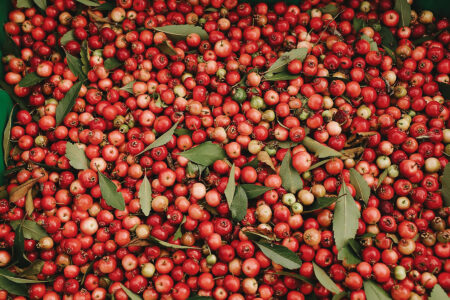
Watering and Fertilizing Mayhaw Trees
Watering:
In swampy areas, natural moisture typically suffices. In drier spells or during the first growing season:
- Water newly planted trees regularly to keep soil consistently moist (but not waterlogged)
- Established trees usually require no supplemental watering unless conditions are unusually dry
Fertilizing:
Feed Mayhaw trees lightly, as too much nitrogen can promote leaf growth over fruiting.
- Apply a balanced fertilizer like 10-10-10 in early spring before new growth appears.
- Repeat in early summer if necessary.
Pro tip: Avoid over-fertilizing, especially in swampy soils where nutrient levels can already be high.
Pruning and Maintenance
Pruning:
- Prune young trees to form a strong central leader and evenly spaced scaffold branches.
- Remove any dead, damaged, or crossing limbs in late winter or early spring.
- Thin out crowded growth to improve air circulation and fruit production.
Disease and Pest Control:
Mayhaw trees are generally hardy but can face issues like:
- Fire blight
- Rust diseases
- Aphids and scale insects
Preventive care:
- Maintain proper spacing between trees for airflow
- Remove fallen leaves and fruit to reduce disease sources
- Use horticultural oil sprays in winter to control overwintering pests
Pollination Requirements
Most Mayhaw trees are partially self-fertile but produce better yields with cross-pollination. For best results:
- Plant at least two different varieties nearby.
- Encourage pollinators like bees by adding other blooming plants nearby.
Harvesting Mayhaw Fruit
When to harvest:
- Mayhaws typically ripen in late April through May
- Fruits are ready when they fully color and drop from the tree
- In traditional harvests, growers often spread tarps under trees and gently shake the branches to collect the fallen fruit
Handling tips:
- Use clean, food-safe containers for collecting
- Process or refrigerate fruit promptly, as Mayhaws can spoil quickly
What to Do With Your Mayhaw Harvest
The classic Southern tradition is to turn Mayhaws into bright, flavorful jelly — but their uses extend beyond that.
Popular uses:
- Mayhaw jelly and jam
- Mayhaw syrup for pancakes and desserts
- Homemade Mayhaw wine
- Pie fillings, chutneys, and sauces
- Frozen whole for future use
Pro tip: Mayhaw jelly’s tart, fruity flavor pairs wonderfully with savory dishes like pork chops and wild game.
Final Thoughts
If you’re looking for a productive, beautiful, and low-maintenance fruit tree for those tricky swampy spots in your yard, the Mayhaw is a perfect fit. Its ability to thrive in wet conditions, produce delicious and sought-after fruits, and support local pollinators and wildlife makes it an outstanding addition to any Southern landscape.
With just a little care in site selection, planting, and seasonal maintenance, you’ll soon enjoy the spring blossoms and late-spring harvests of this treasured native tree.

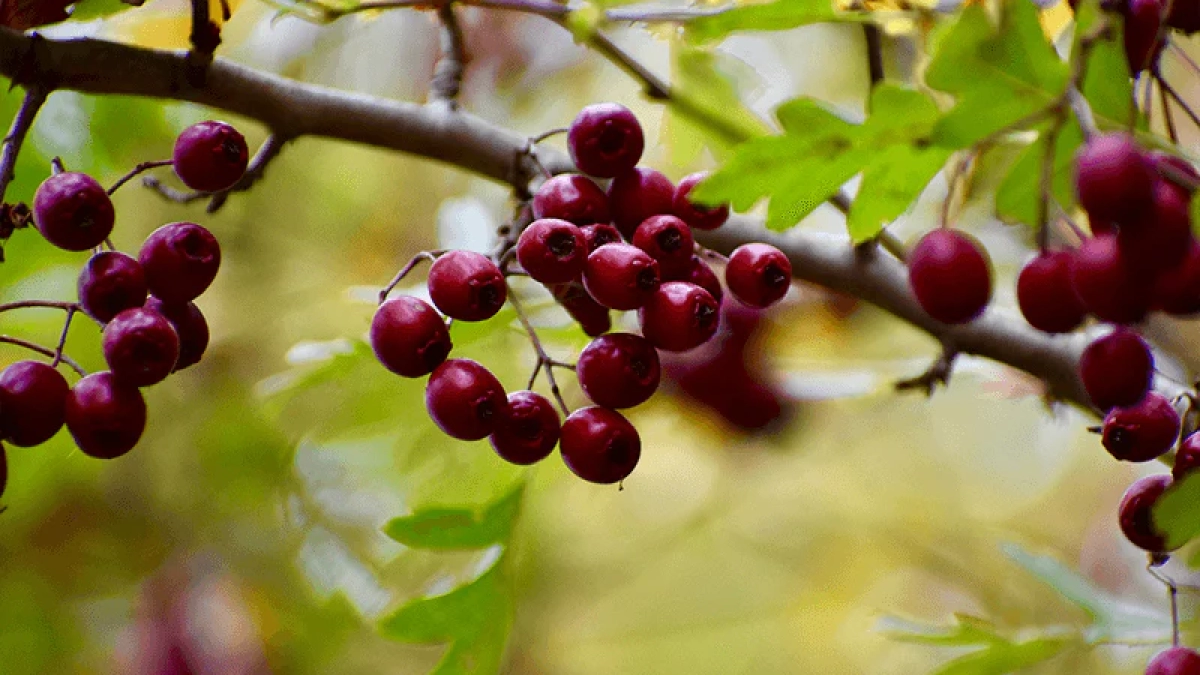




Leave A Comment